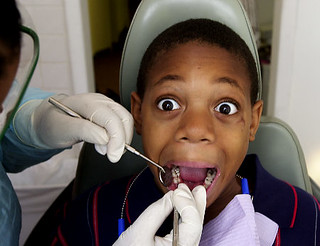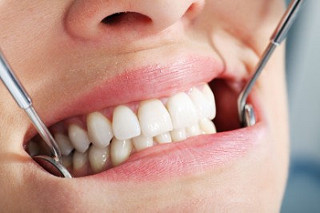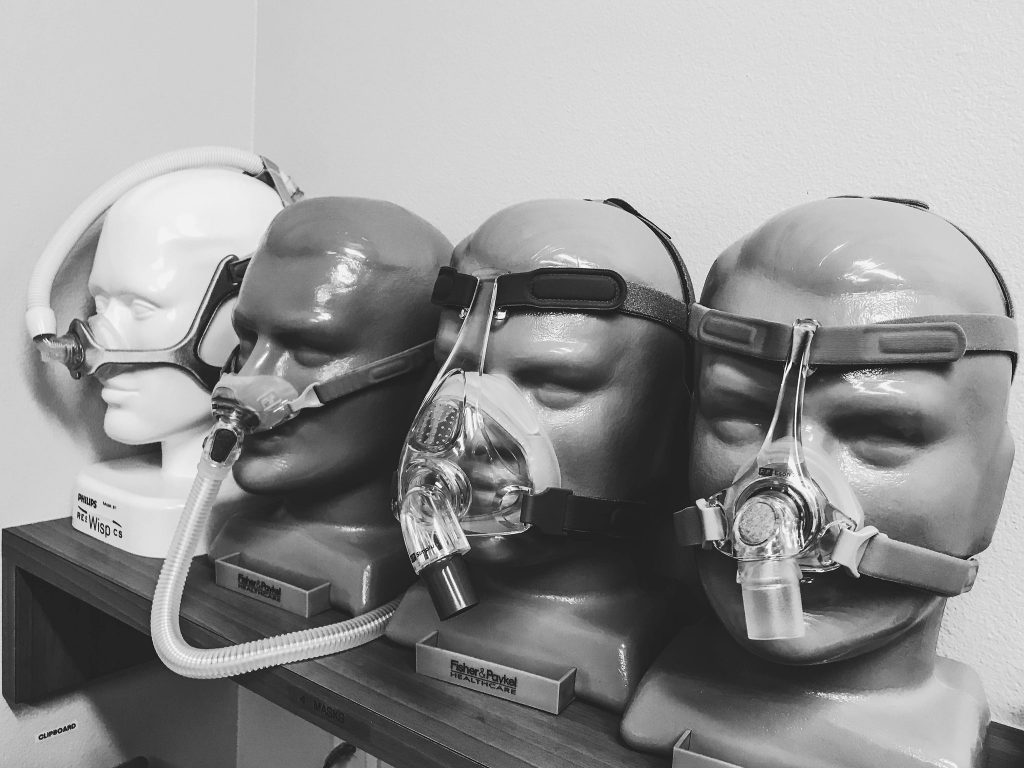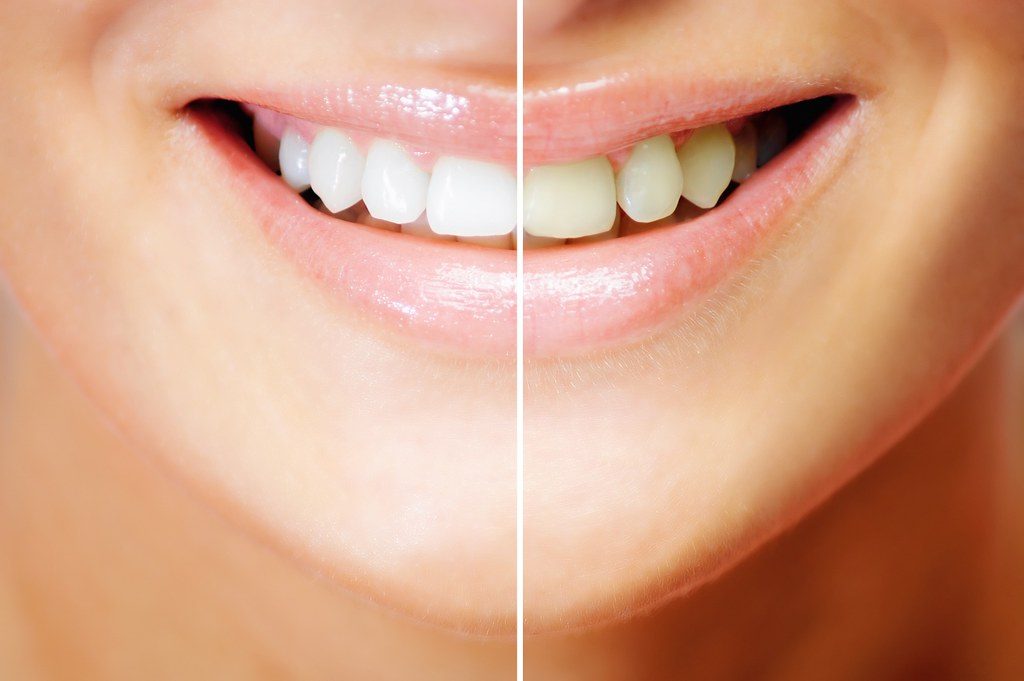BREATHING IS IMPORTANT – PART 2
April 29, 2019
Last week I introduced Part 1 of “Breathing is Important”. For this week’s column to make the most sense, I would encourage you to read that column first. It can be found at www.thetowncommon.com.
In case you don’t have a chance to read it, here is a brief recap: I have been involved in treating patients with sleep apnea for a few years. These are patients who have been diagnosed with sleep apnea by a physician, but were unable or unwilling to use a CPAP machine. The next line of defense to treat this progressive disease is a dental appliance which prevents the lower jaw from falling back during sleep. Despite all my education on this topic, I grew frustrated. Not only was I not treating as many patients as I wanted, I also had way too many patients, who I knew had issues, but would have a “normal” sleep study. I decided I needed more education.
Relatively speaking, the research in this area of medicine is early in its development. There is clear evidence that sleep disordered breathing affects more people in more ways than was thought in the past. As the research continues, more people will be able to be helped to breath and sleep better.
Although there are many people with obstructive sleep apnea who need treatment, with either CPAP or a dental appliance, there are many more people who have the same signs and symptoms as people with apnea and poor sleep, but they “pass” a sleep study. Problems related to the airway, in most cases, start very early in development, and progress throughout life to finally show up in a sleep study as apnea when a person is older.
This is not a sleep problem; it is a breathing problem based on anatomy. It is an evolutionary/developmental problem. Dentists have an extremely important role to play in helping to identify these issues in all phases of life, especially in children, where most of these problems begin. Identifying them early can allow intervention through orthodontics and other non-invasive therapy, and completely change the course of development, leading to a life of better breathing and better health.
For adults, because they have stopped growing, and have signs and symptoms related to breathing issues but would otherwise “pass” a sleep study, there is help available. Identifying those people, controlling the problems causing these issues, and offering ways to a more permanent resolution, is where medicine and dentistry must grow together.
Sleep apnea is the end stage of this breathing disorder. Treatment for those with sleep apnea is typically either the “gold standard” of CPAP, wearing a mask on your face for the rest of your life, or wearing a dental appliance in your mouth for the rest of your life (although it may not work forever), or major surgery to fix the anatomy that is causing this progressive disease. The goal is to not get to the end stage of this disease.
As I learn and share more about this topic in the future, you will be amazed at some of the things that are related to breathing issues, such as ADHD, developmental issues, memory problems, TMJ pain, poor quality sleep, snoring, and a host of other things. While research in this area is ongoing, there is plenty of scientific evidence already out there to support this information. Breath well.
Dr. St. Clair maintains a private dental practice in Rowley and Newburyport dedicated to health-centered family dentistry. If there are certain topics you would like to see written about or questions you have please email them to him at jpstclair@stclairdmd.com. You can view all previously written columns at www.jpeterstclairdentistry.com/blog.
BREATHING IS IMPORTANT – PART 1
April 22, 2019
About seven years ago I took a weekend course at Tufts University School of Dental Medicine entitled “Sleep Dentistry”. This was not a course in putting patients to sleep for their dental work. This particular course was an introduction to treating people who had been diagnosed with sleep apnea (a sleep breathing disorder) by a medical doctor, and could not (or would not even consider) the use of the dreaded CPAP machine.
CPAP, which stands for Continuous Positive Airway Pressure, is a facial mask which blows air through the nose to create an “air stent” to basically hold the airway open during sleep. Patients with sleep apnea have been diagnosed with a progressive disease in which breathing is decreased at least 90% for more than 10 seconds multiple times an hour. Most people know someone who has been diagnosed with this disease and either uses a CPAP machine, or cannot use it.
The “sleep dentistry” part of the equation is that for those who have been diagnosed with sleep apnea and cannot use the CPAP machine, the next line of defense is a dental device. This is worn at night to hold the lower jaw slightly forward and not allow the jaw to fall back during sleep. Holding the lower jaw (mandible) forward helps to prevent the tongue from falling back in the mouth during sleep and obstructing the airway.
I was excited about this course I had taken at Tufts, and thought that I was going to start treating all these people I heard about who were not able to tolerate or didn’t want to use CPAP. The problem I found was that sleep apnea needed a medical diagnosis, which meant that patients had to have already had a sleep study with a physician, have failure in the use of CPAP, and then somehow find their way to my office. I was frustrated. I wasn’t treating that many patients, but knew (or at least thought), I must need more education.
So, I enrolled in a mini-residency program at Tufts for 8 months. This was a much more intensive program with heavy emphasis on the science behind the disease, which included more reading of scientific papers than I had ever done. The program was great and I felt I had now “figured it out”. That was 2 years ago.
I was much more knowledgeable about things to look for in patients, and was referring many patients to physicians to be evaluated. Some patients would end up having a sleep study, be diagnosed with sleep apnea, go on CPAP, and then come back to my office and say, literally, “you changed my life.” There is no greater feeling than that. Even though I didn’t get to treat them with my fancy dental appliance, they were being treated for a disease that was slowly (or not so slowly) killing them.
There were also those patients who had the sleep study, were diagnosed with sleep apnea, were not able to (or didn’t want to) use CPAP and were referred back to me for dental appliance therapy. Great!!! However, I quickly became frustrated again. Far too many patients, with classic symptoms such as snoring and daytime fatigue, were returning to me, saying they had a sleep study that showed they did not have apnea. Now what?
I’m a dentist, not a physician. Sleep problems are medical problems. And, although I knew that many of these patients may have sleep issues that were out of my control as a dentist (there are over 100 sleep disorders), many of these patients had dental signs such as wear on their teeth, grinding and/or clenching problems, TMJ pain, and other anatomic issues that I had learned about that were likely related to breathing problems. So, what did I do? I decided I needed more education.
…….continued next week
Dr. St. Clair maintains a private dental practice in Rowley and Newburyport dedicated to health-centered family dentistry. If there are certain topics you would like to see written about or questions you have please email them to him at jpstclair@stclairdmd.com. You can view all previously written columns at www.jpeterstclairdentistry.com/blog.
5 REASONS PEOPLE AVOID THE DENTIST
April 16, 2019

Kids from the area have their teeth checked out and cleaned during Free Dental Clinic DAy at 360 W 125th St in Manhattan Sherard Weathers has second thoughts when the work begins Original Filename: 6d800k0n.JPG
There are five major reasons that people do not get the necessary dental care they need. They are money, time, lack of concern, fear and trust. Let’s take a quick look at each one and see if any of them fit you, or anyone you know. I’ll also discuss what dentists often try to do to overcome these obstacles for patients.
Although you may think that money would be the number one reason people avoid ideal dental treatment, it is not. Even in tougher economic times, money, although a significant barrier for many, is still not the number one issue for most. Yes, dental care in some cases can be a significant investment. With insurance companies unwilling to raise the bar, as I have talked about in numerous columns, patients often get stuck with large dental bills.
Unfortunately, as of now, we have to face these facts, and it does not mean avoiding the dentist. Many dentists offer payment plans through third party carriers, or within their offices so patients can pay for treatment over an extended period of time. Ask your dentist if they have such an option. The point here is to get a plan. Once a plan is established, your dentist can work with you to prioritize and sequence your treatment. This way, if you need to spread your treatment over a period of time to make it affordable, you can pick away at a well thought out plan.
Time is an excuse. We all use time as an excuse for many of the things in our lives we want to avoid or procrastinate about. The reality is, however, if we place something high enough in our value system there is always time for it. In order to move something higher up in our value system, we must be educated and come to realize that this particular thing is of benefit to us. This brings us to the most common reason people avoid ideal dental care.
Lack of concern about dental health is prevalent with a huge percentage of the population for a few reasons. Absence of pain is one. Other than a toothache and need for a root canal, there few things that actually cause pain. For example, take periodontal (gum) disease. About 75% of the population has some form of this disease, but only 50% of the population go to the dentist. Why? No pain. This doesn’t mean it is healthy and there are not potential problems down the road, like loss of teeth or other medically-related problems. It is up to the dentist to educate patients on these types of issues, but people have to actually go to the dentist to get this information.
Some people have fear of going to the dentist….and for good reason, due to bad past experiences or bad information. However, dentistry today should be a comfortable experience most of the time. For those who are still fearful, there are different medications dentists can use to ease the experience.
The last barrier to ideal treatment is trust. For a patient to move forward with treatment, it is essential the patient both likes and trusts the dentist. Although I am sure that the skills of your dentist are important to you, I am willing to bet that you would not stay with a dentist who you did not like or trust. Find someone you can connect with and build a strong doctor-patient relationship.
If there are other reasons you avoid optimal dental care, e-mail me and I will be glad to offer some suggestions.
Dr. St. Clair maintains a private dental practice in Rowley and Newburyport dedicated to health-centered family dentistry. If there are certain topics you would like to see written about or questions you have please email them to him at jpstclair@stclairdmd.com. You can view all previously written columns at www.jpeterstclairdentistry.com/blog.
Here’s Why Seeing Your Dentist May Save Your Life
April 14, 2019

Everyone knows that they should see their dentist from time to time for cleanings and checkups. But these visits can do more than prevent cavities. In fact, they just may save your life. That’s because dentists are trained to catch serious health conditions in their earliest stages, including oral cancer. Let’s see what your dentist can do to help protect you from this potentially life-threatening disease.
(more…)AGE BEFORE BEAUTY
April 8, 2019
In this age of reality TV and other unrealistic propaganda, many people, including teenagers, are making changes to improve their appearance. And for teenagers, physical appearance is an important element of peer pressure. When it comes to the desire for whiter teeth however, age does play a role.
Whether teeth whitening is done by a dentist or with over-the-counter products, no one under the age of 14 should be whitening their teeth. Even though all the permanent teeth may be in by this age, teeth are still developing. Once the permanent teeth have erupted into the mouth, called active eruption, you may notice that the teeth look short. It takes time for the gum tissue to recede, called passive eruption, and the teeth to get to their final size.
In some people, this passive eruption doesn’t completely happen and the teeth still look short. Sometimes this is referred to as a “gummy” smile. There are many reasons for showing excess gum tissue and the solutions for that are a subject for a different column.
However, if teeth are bleached prior to this passive eruption completely taking place, the teeth can end up being two-toned. Although this can usually be corrected, it is best to wait until the entire eruption process is completed. Once an adolescent has reached 15 or 16, if a parent and their child decide that they would like the teeth to be whiter, they can discuss the options with their dentist.
There are many different ways to whiten the teeth. Some of the over-the-counter products will work to some degree. They work especially well on young teeth or those that are more yellow. However, the safest and most effective way to whiten the teeth, especially teeth that are older or greyer, is under the supervision of a dentist.
Many people will Google products they can buy over the internet to whiten their teeth. If you have ever done this, you know there are many products that are sold with the addition of an ultraviolet light. Clinical studies show that this type of bleaching is no more effective than traditional whitening with trays and gel. The light may cause more dehydration in the teeth which will produce an appearance that the teeth are lighter, but this is usually not sustainable.
My experience is that professional tray bleaching with properly made trays and proper technique is the most effective. Some patients will be able to achieve dramatic results in only a week of daily bleaching. Others may require longer periods of time to achieve the desired result.
Advances in methods and materials with the whitening process have come a long way. There are predictable ways to lighten even the darkest teeth. There is nothing wrong with wanting lighter teeth. Dr. St. Clair maintains a private dental practice in Rowley and Newburyport dedicated to health-centered family dentistry. If there are certain topics you would like to see written about or questions you have please email them to him at jpstclair@stclairdmd.com. You can view all previously written columns at www.jpeterstclairdentistry.com/blog
DENTISTRY IN THE NEWS – PART 2
April 1, 2019
Last week I discussed some of the content that was presented in a recent U.S. News & World Report which featured seven pages of information on dentistry. This is a continuation of that.
One of the columns in this section of the report entitled, “Guarding Kids’ First Choppers”, mentions that childhood tooth decay is “the most prevalent chronic disease in children”. This is true. According to the report, 28 percent of preschoolers have dental decay. There are many factors that contribute to dental decay, including poor dietary habits and insufficient oral hygiene. This increase is not only in preschoolers but right through high school.
However, the column goes on to say that “dental visits should begin no later than a child’s first birthday”. I think that is a little early and usually recommend seeing children by age three. However, parents should closely inspect their children’s teeth. If there is anything that is seen that is not tooth-colored or doesn’t look right, the child should be seen by a dentist. Pediatric dentists are one option but many general family dentists are more than willing to see children. If there are issues that warrant a pediatric specialist, the child can be referred.
Another column in the report entitled, “The Wisdom on Wisdom Teeth”, says “the latest data suggests that as many as 80 percent of people will develop problems with their wisdom teeth”. This is true. In most people, wisdom teeth either will not fit with all of the other teeth in the mouth or they erupt crowded. This may not cause a problem right away, but because they are difficult to clean, they either get decay or cause periodontal problems with the neighboring teeth. The current line of thinking is to remove these teeth between the ages of 16-18, or before the roots are fully developed. This generally makes for a much less traumatic surgery.
In the article entitled, “Taking the Cost Out of the Bite”, it is discussed what to do if you don’t have dental insurance. One of the suggestions is “to consider purchasing an individual dental policy”, and the other is to look for discount programs which “give members 10 to 60 percent off at certain providers”. This is tricky. If you don’t get dental insurance from your employer or are not covered under a spouse’s plan, you really have to look at the numbers and also at what you are entitled to with particular plans. If it seems too good to be true, it probably is.
The cost of purchasing your own indemnity dental insurance plan usually outweighs the benefits. Most, if not all dental insurance plans have annual maximums which average $1000 per year. You pay the premium to the insurance company, which might be $750 a year, but then you only get $1000 in benefits. It may make sense for families but usually not for individuals. As far as the “discount plans” the column refers to – this is a buyer beware. These plans force you to choose a dentist from a list and this list is usually not very long. If a dentist is willing to accept 50% of their normal fee for a procedure, it is important to consider the quality of care.
Dental health is important to overall health on many different levels. Make it a priority!
Dr. St. Clair maintains a private dental practice in Rowley and Newburyport dedicated to health-centered family dentistry. If there are certain topics you would like to see written about or questions you have please email them to him at jpstclair@stclairdmd.com. You can view all previously written columns at www.jpeterstclairdentistry.com/blog.











